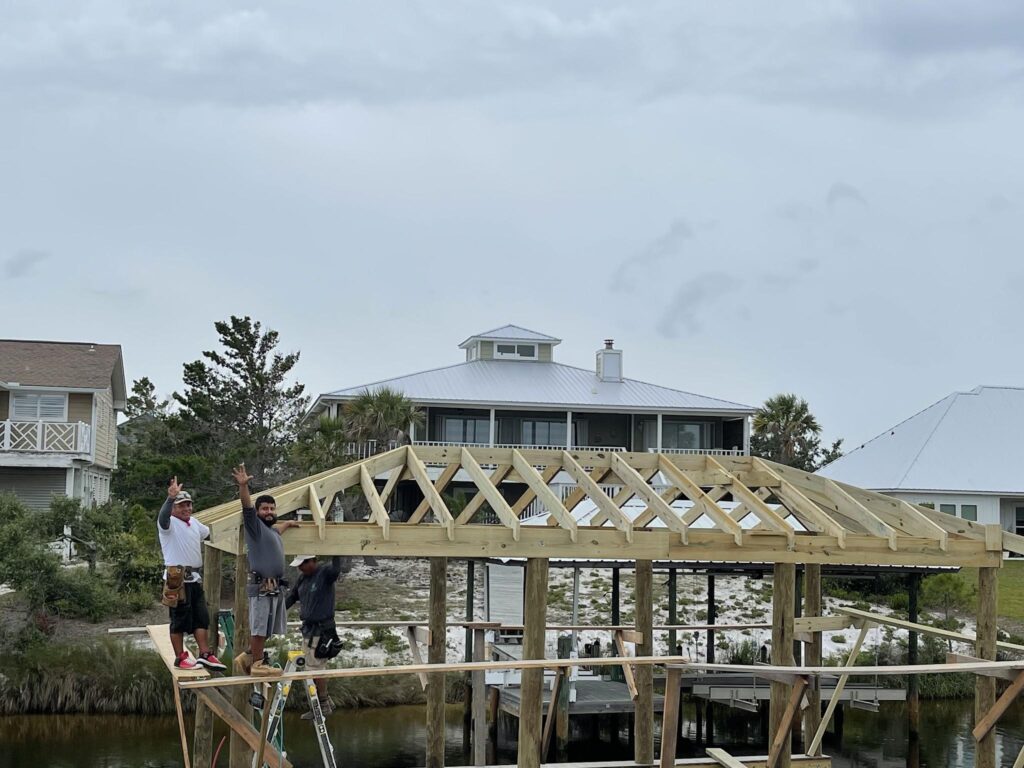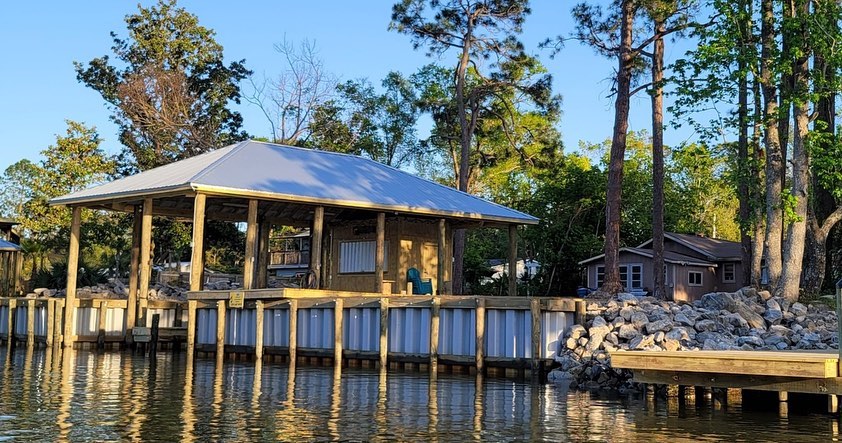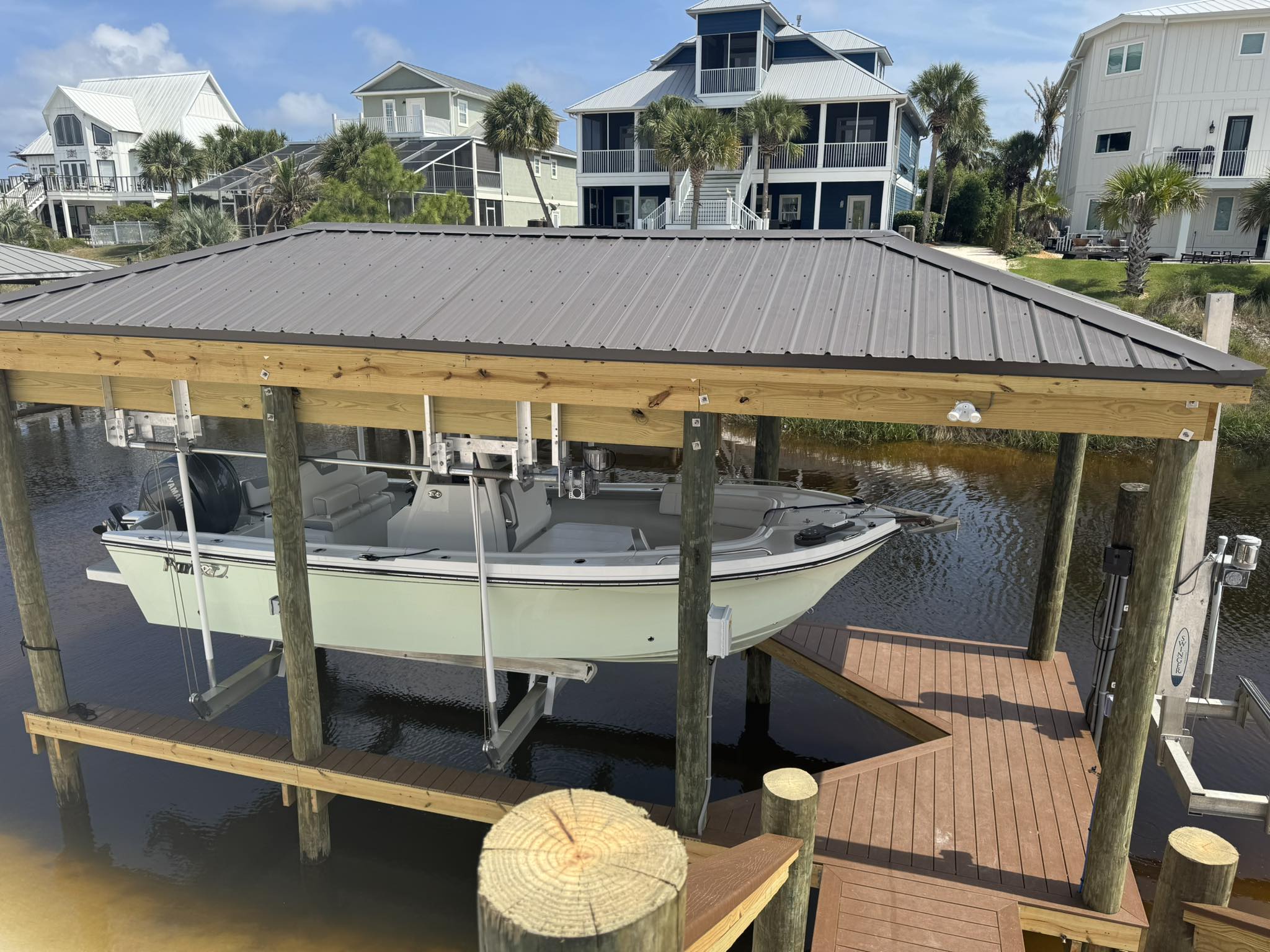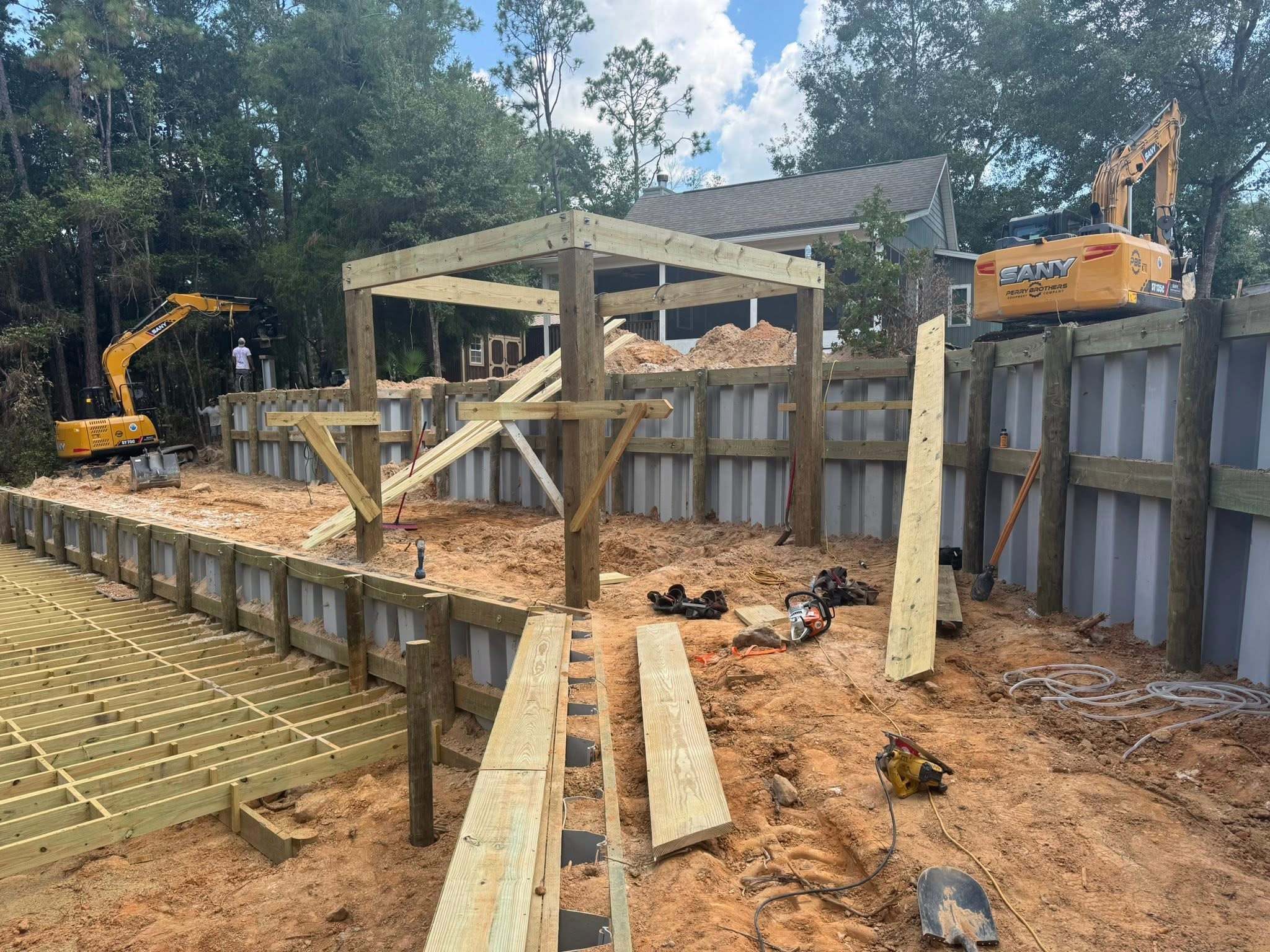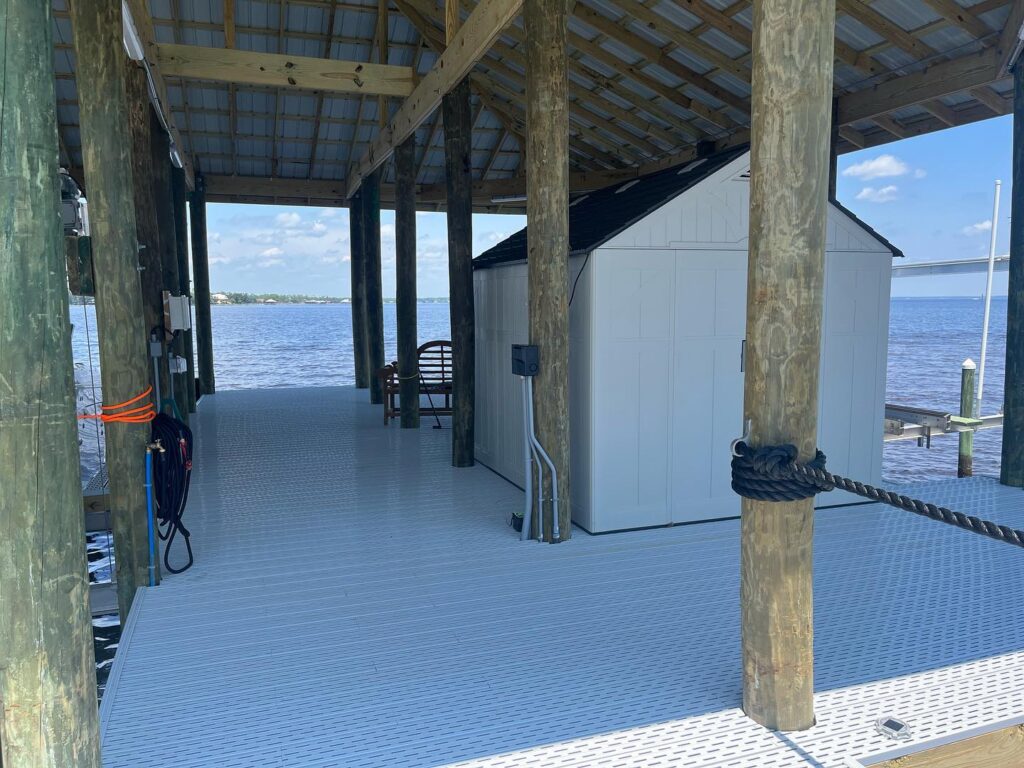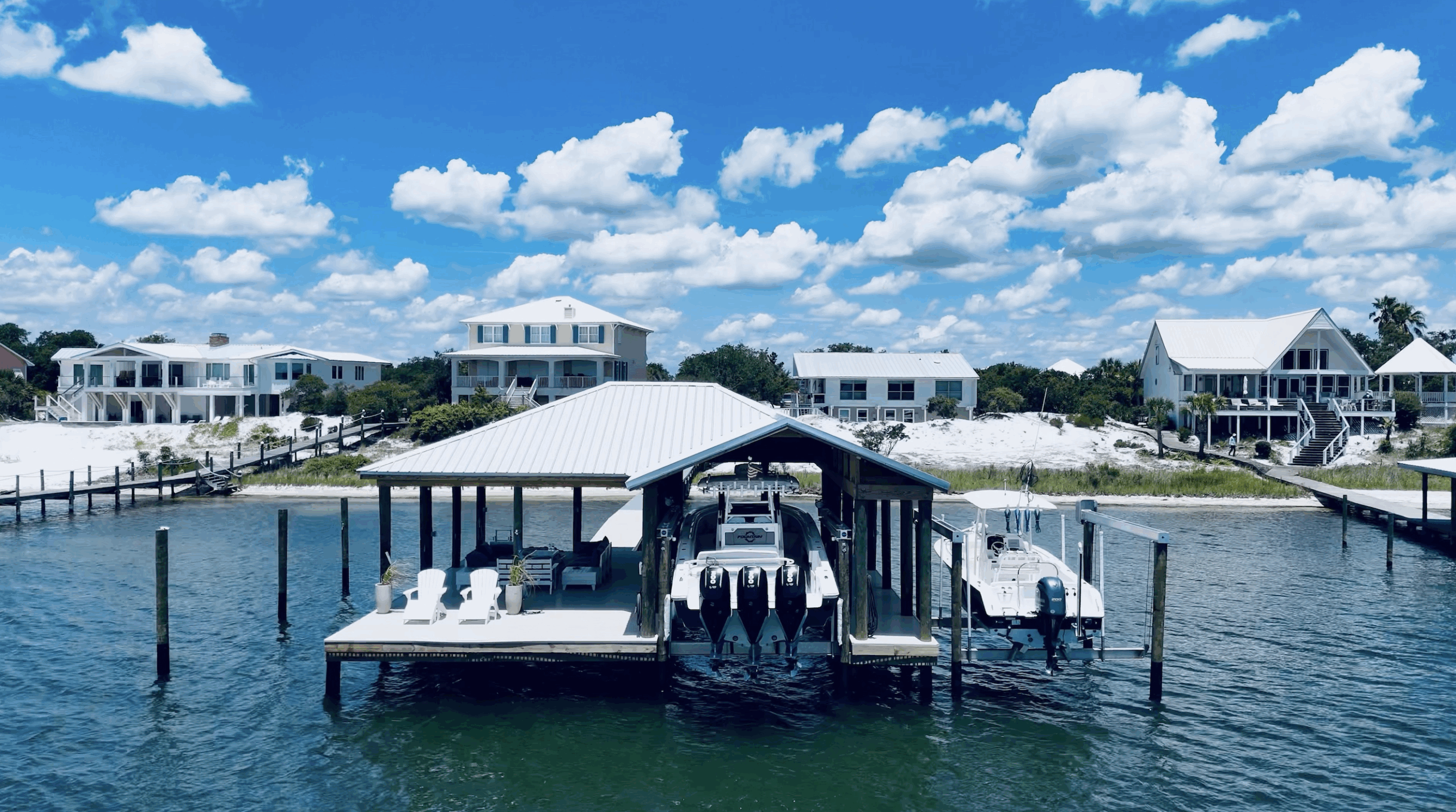Coastal regions around the world are facing unprecedented challenges due to climate change, rising sea levels, and increased human activity. On the Gulf Coast, these pressures are particularly acute, where the delicate balance between thriving communities and fragile ecosystems requires innovative engineering solutions. At Gulf Coast Land & Marine Construction (GCLM), sustainability is not just a buzzword—it’s a guiding principle in designing and constructing resilient infrastructure that protects both people and the environment. By integrating modern engineering practices with eco-conscious strategies, GCLM is helping shape the future of coastal development.
Understanding the Challenges of Coastal Infrastructure
Before exploring sustainable solutions, it is essential to understand the unique challenges associated with coastal infrastructure. Saltwater exposure, tidal fluctuations, erosion, and extreme weather events all place tremendous stress on structures built near the shoreline. Traditional construction methods, while effective in the past, often fail to account for these evolving environmental pressures. Additionally, the Gulf Coast is home to sensitive ecosystems such as marshlands, estuaries, and reefs that are vital to biodiversity and the local economy. Balancing the need for development with environmental stewardship requires innovative approaches that go beyond conventional engineering.
Integrating Sustainability into Land and Marine Projects
Sustainable coastal infrastructure involves designing and implementing projects that minimize environmental impact while maximizing durability and functionality. At GCLM, this begins with comprehensive planning. Every project starts with an in-depth environmental assessment, considering factors such as tidal patterns, soil composition, vegetation, and wildlife habitats. By understanding the natural environment before breaking ground, engineers can design structures that complement rather than disrupt local ecosystems.
Materials selection is another critical aspect of sustainable development. GCLM prioritizes the use of environmentally friendly and corrosion-resistant materials for both land and marine applications. For instance, modern composites and treated wood alternatives reduce the need for frequent repairs and replacements, lowering the project’s overall carbon footprint. In marine construction, pilings and docks are designed to minimize disruption to underwater habitats, allowing natural processes to continue while maintaining structural integrity.
Innovative Engineering Techniques
One of the hallmarks of GCLM’s approach is the integration of innovative engineering techniques that enhance resilience and sustainability. Among these are the use of Insulated Concrete Forms (ICFs) for land-based structures, which offer superior energy efficiency and durability compared to traditional construction methods. ICFs are resistant to extreme weather, help maintain consistent internal temperatures, and reduce long-term maintenance needs—making them an ideal solution for coastal properties.
In marine construction, GCLM employs adaptive design principles that account for sea-level rise and storm surges. Floating docks, modular seawalls, and revetments not only protect property from erosion but can also be modified or relocated as environmental conditions change. This flexibility ensures that coastal infrastructure remains functional and safe even as the Gulf Coast continues to evolve.
Case Studies in Sustainable Coastal Development
GCLM’s commitment to sustainable engineering is evident in the diverse projects completed along the Gulf Coast. One notable example includes a waterfront residential community where the team integrated elevated boardwalks and strategically placed wetlands to mitigate flooding while preserving natural habitats. By combining practical flood management with ecological sensitivity, the project not only enhanced property values but also provided a model for future developments in the region.
Another project involved a commercial marina renovation, where GCLM implemented eco-friendly pilings and constructed floating docks that adapt to changing water levels. These features not only extend the life of the marina but also protect marine life, demonstrating that sustainability and economic viability can coexist.
The Role of Technology in Sustainable Coastal Construction
Technology plays an increasingly vital role in advancing sustainable solutions for land and marine infrastructure. GCLM leverages tools such as Geographic Information Systems (GIS), 3D modeling, and drone surveys to assess sites with precision and plan projects more efficiently. By visualizing potential environmental impacts before construction begins, engineers can make informed decisions that reduce waste, prevent damage to ecosystems, and optimize resources.
Additionally, modern monitoring systems allow ongoing evaluation of coastal structures. Sensors embedded in seawalls, piers, and other infrastructure provide real-time data on stress, erosion, and water levels. This proactive approach enables maintenance and adjustments before small issues become costly problems, ultimately supporting the long-term sustainability of the built environment.
Collaborating with the Community and Stakeholders
Sustainable coastal development is not solely the responsibility of engineers—it requires collaboration with local communities, government agencies, and environmental organizations. GCLM emphasizes open communication and transparency throughout every project. By involving stakeholders in the planning and design process, the company ensures that developments meet both practical needs and environmental standards.
Community engagement also plays a role in education. Through workshops, public consultations, and outreach initiatives, GCLM helps residents understand the benefits of sustainable coastal infrastructure and encourages practices that reduce human impact on sensitive areas. This collaborative model fosters long-term stewardship and aligns economic development with environmental preservation.
Looking Ahead: The Future of Coastal Engineering
As climate change continues to influence the Gulf Coast, sustainable coastal engineering will become increasingly critical. The future of land and marine construction depends on adaptive, resilient, and environmentally conscious solutions. Companies like GCLM are leading the way by combining engineering expertise with a commitment to sustainability, ensuring that coastal communities can thrive without compromising the natural systems on which they depend.
Emerging trends such as the integration of renewable energy, green stormwater management, and nature-based shoreline stabilization promise to redefine the way infrastructure is designed and maintained. By embracing these innovations, Gulf Coast developers and engineers can create communities that are safer, more resilient, and in harmony with the environment.
Conclusion
Sustainable coastal infrastructure is more than a technical challenge—it is a responsibility to future generations. Gulf Coast Land & Marine Construction exemplifies how thoughtful planning, innovative engineering, and community collaboration can produce solutions that protect both people and the environment. As the Gulf Coast faces rising seas and changing climates, GCLM’s approach serves as a blueprint for resilient, sustainable development. Through projects that prioritize ecological balance, durability, and adaptability, the company is not only building infrastructure but also shaping the future of coastal engineering for years to come.

